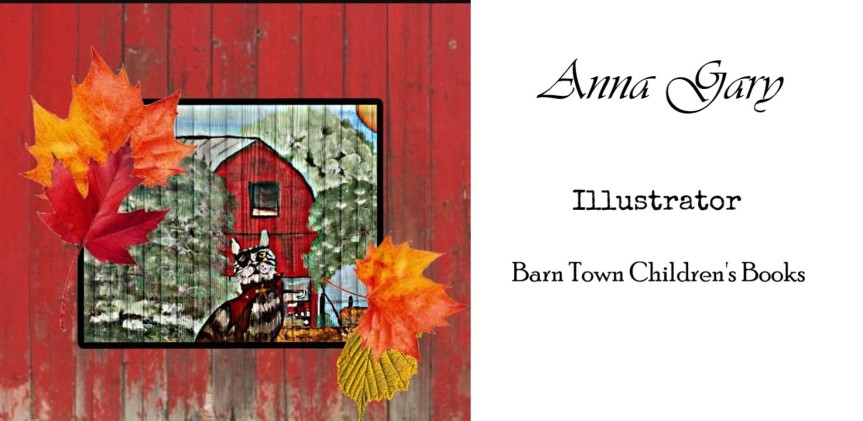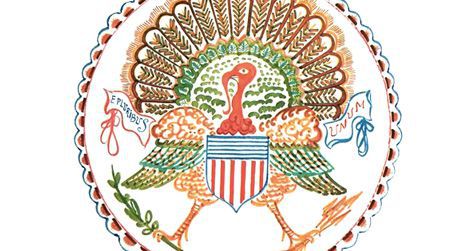https://us13.campaign-archive.com/?u=d0a75f004b4c445e846f52b80&id=b258b9dc3c&e=3374e754ff

My books are not very easy to categorize, because I technically write in a “non-existent” genre dubbed “biblical fantasy.” There’s other writers who write in this genre, it’s just not been widely recognized yet.
Because of that, tons of readers ask why I write biblical fiction as fantasy rather than as historical fiction.
“Isn’t that blasphemy?”
“Why hasn’t God struck you with lightning yet? I think I’ll keep my distance until it happens.”
Here’s the deal. All fiction is fantasy.
The point of fiction is not to re-create reality, but to use the imagination to consider reality.
That can mean that the point of a novel would be to experience emotional truths (such as to feel another person’s pain and be gifted with empathy for them as a result). It doesn’t matter whether that person is real. Fictional characters are symbols representing real people, and so fiction can help us build empathy for real people.
As silly as that sounds, studies have outright proven that people who read fiction are statistically more empathetic.
As much as I admit that “historical fiction” is a legitimate category, the phrase is technically an oxymoron. History is fiction’s opposite. So, all historical fiction is, in fact, fantasy.
Regency Romance is a romanticized version of a former reality. It’s not actual reality.
But that’s not the reason why I write biblical fantasy fiction instead of biblical historical fiction.
And no, I’m not one of those “progressive” people who believe that the Bible is just a set of stories. I believe that the Bible is the inerrant word of God. That Genesis is a historical account. That the Bible is real and infallible.
So, to make sense of why I write stories based on the Bible and label it “fantasy,” I have to explain a few concepts, starting with the deep-seated belief I’ve held since I was a little kid that the imagination is an extremely important gift that God’s given to us for good reason.
I’ve always loved fantasy fiction. I grew up on story-based video games like The Legend of Zelda and Final Fantasy. On movies like The Lord of the Rings. On books like The Chronicles of Narnia. I was captivated by how totally made up worlds could drive home emotional truths in powerful ways, and even impact me more deeply than some sermons could.
I’ve tried to explain that to fellow Christians, but normally get little more than a quizzical stare or a head-shake in return.
Now that I’m older and have had time to think about it, I have an easier time explaining what I mean: that God gave us our imaginations and said that we must become like little children to enter the kingdom of Heaven because without our imaginations, we cannot please God. Because without the human imagination, worship is impossible.
The entire reason why we exist as human beings is to worship God. That’s it. That’s our primary reason for being here. To do that in a way that pleases God, we have to engage him with our whole person (body, soul, spirit). That includes the human imagination.
Faith is belief in what we cannot see or prove. To have faith is to apply the human imagination to God’s promises. The imagination is what allows us to make that leap–and it’s a gift from God.
Furthermore, I believe that God gave us an indwelling desire to create things with our imagination so that we would mirror him more directly. Because we ourselves began in God’s imagination. We were created as God’s art (little mirrors of his glory). When we create art, it is, in a way, a mirror of ourselves and the world around us, just as we are God’s mirrors.
Creating is a good thing that God intended for us to do, so long as that process of creating takes us closer to him.
The reason why I write biblical fantasy is firstly because God planted the desire to do so in my heart, and because he has used it to bring me closer to him.
Secondly, God has used biblical fantasy as a way of helping me do away with my errant preconceptions about his Word, to get down to the heart issues at the core of many Bible passages. When you strip away many of the details that have become mundane about a passage and really look at the spiritual core, or when you approach a passage from a new perspective, you see that many of the stories we’ve become familiar with are not at all about what we think they’re about.
For example, the story of Cain and Abel always seemed like a moral story about the hideousness of murder. But the actual core of the story is that Christ is shown as present in that ancient story when God shows mercy to Cain.
The book of Hebrews has an entire chapter devoted to showing how all of the ancient Old Testament patriarchs were forgiven and considered righteous because of Christ’s sacrifice thousands of years later. That means that the only reason why God was able to forgive Cain was because Christ bore Cain’s sin on the cross, too, just as he bore ours–because we’re all like Cain at our core. That, I believe, was the reason why I felt pushed to write CAIN: The Story of the First Murder and the Birth of an Unstoppable Evil. And it took writing it from a completely different perspective to really get that truth at such a deep level.
But lastly, when I write biblical fiction as fantasy, it does away with people’s desire to make fiction supersede reality. This one will take a bit more explanation, so bear with me.
There was a book that came out years ago called This Present Darkness, by Frank Peretti, and it was a runaway best-seller. I read the book and loved it. My whole family did. We listened to the audiobook on long road trips together and we all felt that we learned something about God and the spiritual world (because, after all, the entire book is a fictional take on spiritual warfare).
But something strange happened in the wake of that book’s massive success. Many of the fictional ideas that Peretti invented that seemed perfectly plausible suddenly became “canon” to people. There have been waves and waves of people who have formed more beliefs about spiritual warfare from reading This Present Darkness than from reading the Bible. That’s extremely dangerous, and Peretti would agree.
The last thing I wanted was to write a fiction book based on a Bible story and have people think, “This is how it happened.”
All fiction is made up. We have to keep that extremely clear in our minds and never take too seriously our belief on what isn’t explicitly stated in the Scriptures. But there’s extreme ambiguities in many of the Bible stories, and especially in the ancient Genesis stories. To draw any of them in any sort of detail requires a whole lot of speculation. To speculate that much and yet call it anything but fantasy strikes me as errant, if not arrogant. Yet we have to label it something, and according to Barnes and Noble, my work is “Historical,” though I don’t think of it like that.
And so I say that I write biblical fantasy to come to see the core purpose and designs of Scripture, to entertain readers, to offer new perspectives on timeless stories, and to help us worship God by engaging him and his mysteries with our imaginations.
It’s not always going to be a comfortable ride. Nothing in the Christian life is. I don’t think honest art should be any different. But it will always be with the intention of wrestling with God’s truths.
Thank you for joining me on this email list. I hope you enjoy reading, and that you’ll stay for some time so that we can meet someday. Blessings,
-Brennan McP






/https://public-media.smithsonianmag.com/accounts/headshot/Jimmy-Stamp-240.jpg)



